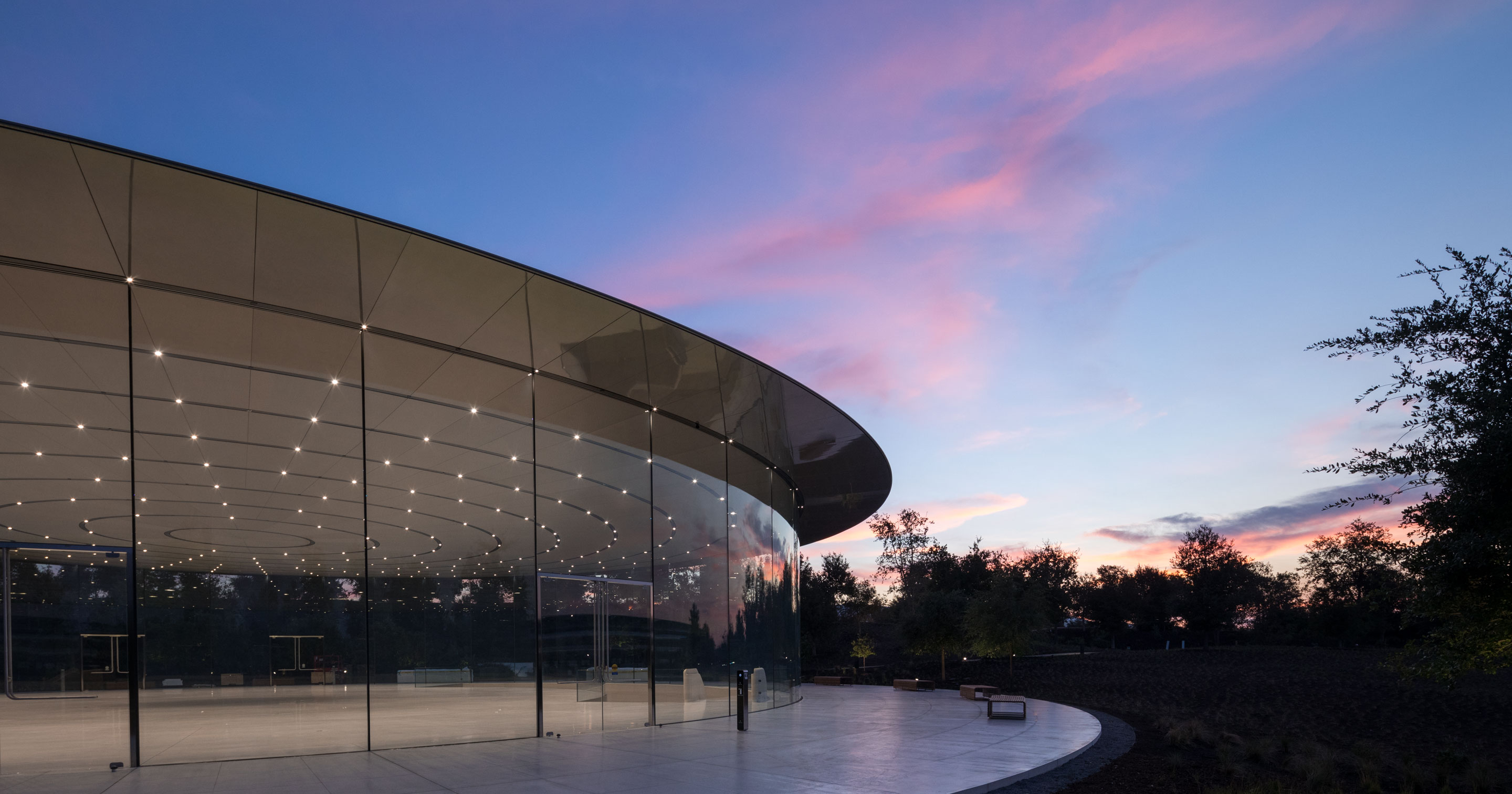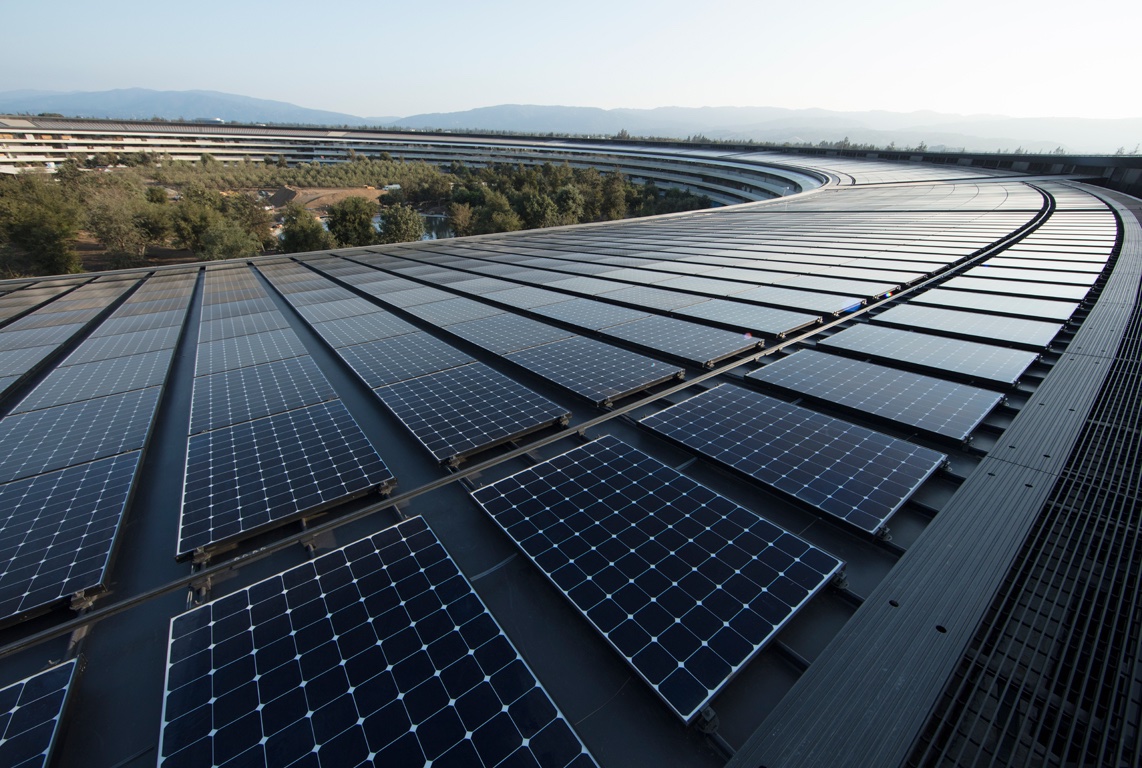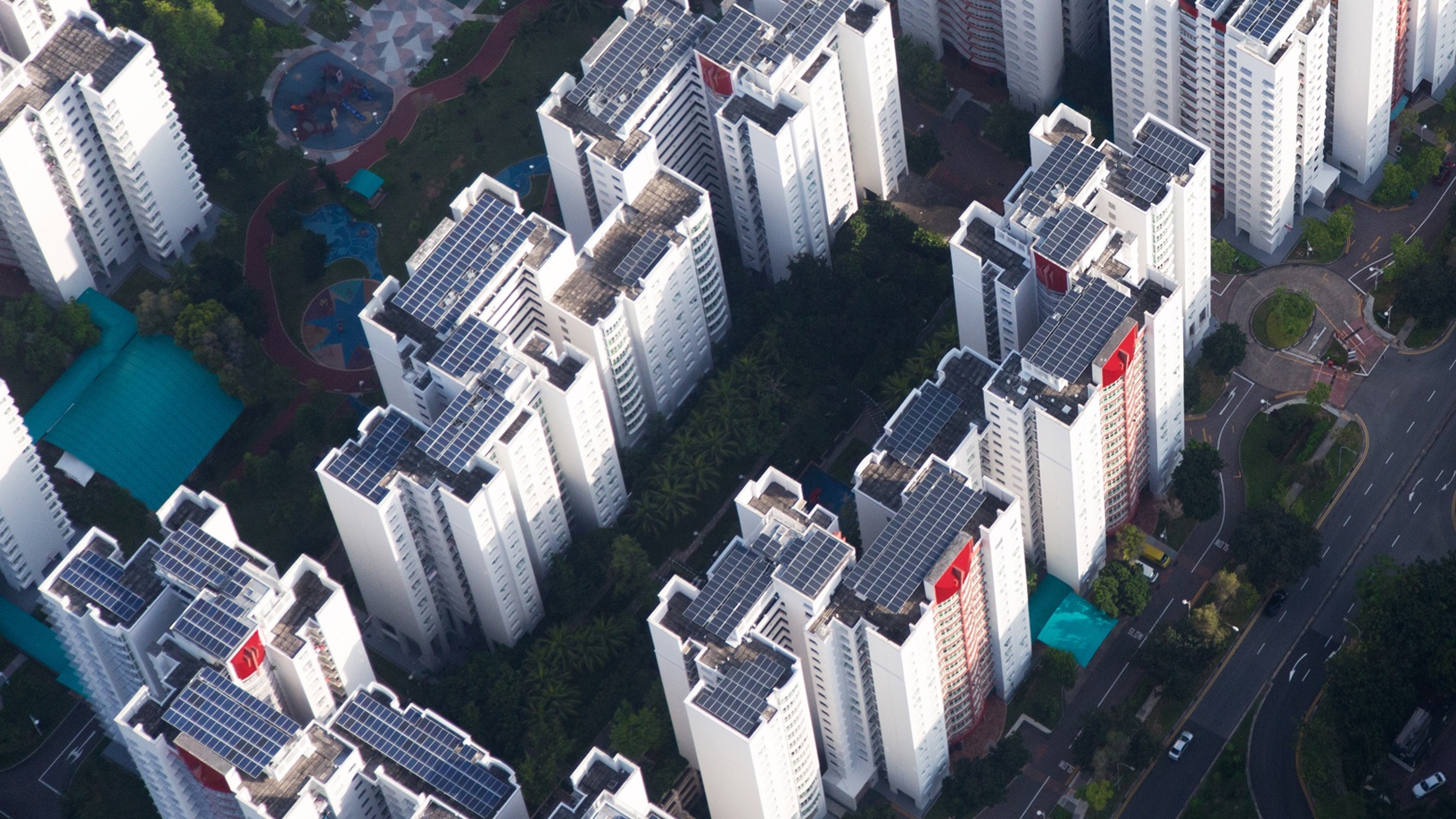
Apple today shared an important milestone, saying all of its global offices, data centers, retail stores and co-located facilities in 43 countries, including the United States, the United Kingdom, China and India, are now powered with 100% clean energy.
Since 2014, all of Apple’s data centers have been powered by 100% renewable energy.
Since 2011, all of these projects have reduced greenhouse gas emissions by 54% from global facilities and prevented nearly 2.1 million metric tons of CO2e from entering the atmosphere.
Tim Cook said:
We’re committed to leaving the world better than we found it. After years of hard work we’re proud to have reached this significant milestone.We’re going to keep pushing the boundaries of what is possible with the materials in our products, the way we recycle them, our facilities and our work with suppliers to establish new creative and forward-looking sources of renewable energy because we know the future depends on it.
Facilities operated by Apple’s suppliers and manufacturers have not switched to 100% renewable sources but Apple is working with some major Chinese companies to bring wind energy and other clean energy sources to power their operations.
New supplier commitments include:
- Arkema, a designer of high-performance bio-based polymers, which manufactures for Apple at its facilities in France, the United States and China.
- DSM Engineering Plastics, which manufactures polymers and compounds in the Netherlands, Taiwan and China that are used in many Apple products, including connectors and cables.
- ECCO Leather, the first soft goods supplier to commit to 100% clean energy for its Apple production. The leather that ECCO produces for Apple is of European origin, with tanning and cutting occurring at facilities in the Netherlands and China.
- Finisar, a US industry-leading producer of optical communication components and vertical-cavity surface-emitting lasers (VCSELs), which power some of Apple’s most popular new features like Face ID, Portrait mode selfies and Animoji.
- Luxshare-ICT, a supplier of accessories for Apple products. Luxshare-ICT’s production for Apple is predominantly located in Eastern China.
- Pegatron, which assembles a number of products, including iPhone, at its two factories in Shanghai and Kunshan, China.
- Quadrant, a supplier of magnets and magnetic components in a number of Apple’s products.
- Quanta Computer, one of the first Mac suppliers to commit to 100% renewable energy for Apple production.
- Taiyo Ink Mfg. Co., which produces solder masks for printed circuit boards in Japan.
In China, for instance, solar panels are mounted high off the ground to let sunlight shine through, so grass can grow and local yaks can eat it.

The massive Apple Park headquarters in Cupertino is already powered by 100% renewable energy, in part from its 17-megawatt onsite rooftop solar installation.
Some of Apple’s renewable energy projects include:
- Apple Park, Apple’s new headquarters in Cupertino, is now the largest LEED Platinum-certified office building in North America. It is powered by 100% renewable energy from multiple sources, including a 17-megawatt onsite rooftop solar installation and four megawatts of biogas fuel cells, and controlled by a microgrid with battery storage. It also gives clean energy back to the public grid during periods of low occupancy.
- Over 485 megawatts of wind and solar projects have been developed across six provinces of China to address upstream manufacturing emissions.
- Apple recently announced plans to build a 400,000-square-foot, state-of-the-art data center in Waukee, Iowa, that will run entirely on renewable energy from day one.
- In Prineville, Oregon, the company signed a 200-megawatt power purchase agreement for an Oregon wind farm, the Montague Wind Power Project, set to come online by the end of 2019.
- In Reno, Nevada, Apple created a partnership with the local utility, NV Energy, and over the last four years developed four new projects totaling 320 megawatts of solar PV generation.
- In Japan, Apple is partnering with local solar company Daini Denryoku to install over 300 rooftop solar systems that will generate 18,000 megawatt-hours of clean energy every year — enough to power more than 3,000 Japanese homes.
- Apple’s data center in Maiden, North Carolina, is supported by projects that generate 244 million kilowatt-hours of renewable energy per year, which is equivalent to the energy used by 17,906 North Carolina homes.
- In Singapore, where land is scarce, Apple adapted and built its renewable energy on 800 rooftops.
- Apple is currently constructing two new data centers in Denmark that will run on 100% renewable energy from day one.
Lisa Jackson, Apple’s VP of Environment, Policy and Social Initiatives, said in an interview with Fast Company today that Apple’s been close to the 100% mark for the last couple of years.
“It’s just 4% more, but it’s 4% done the right way,” she added. ”So this announcement feels like a classic Apple product release. Like our products, we sweat the details, we have pretty strict standards and we prefer to wait and meet our standards than to rush and make a claim.”

Apple also said today that nine additional manufacturing partners have committed to power all of their Apple production with 100% clean energy, bringing the total number of supplier commitments to 23. The clean energy company Sunseap is an example of an Apple supplier that manages 32 megawatts of solar panels on more than 800 rooftops in Singapore.